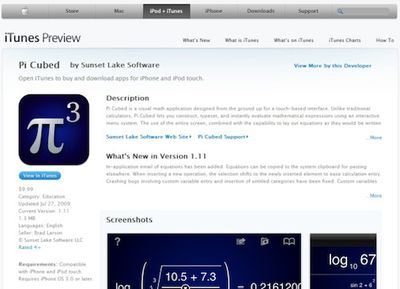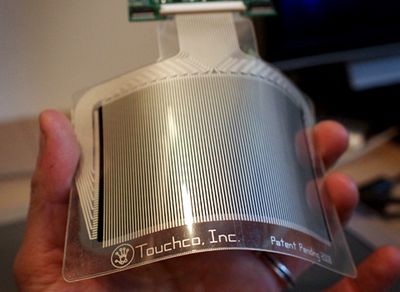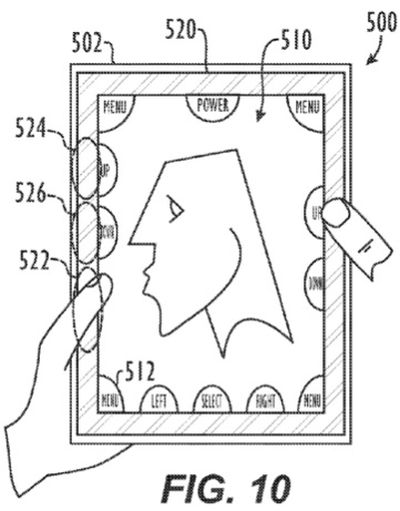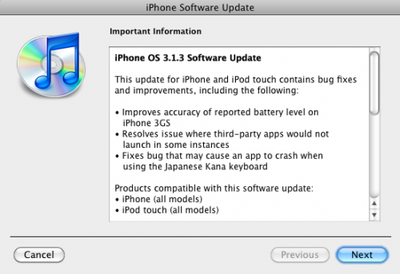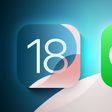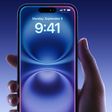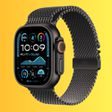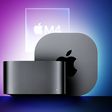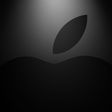Last weekend, book publisher Macmillan won out over Amazon in a battle over eBook pricing, switching to an "agency model" in which book prices are set by the publisher with retailers receiving a percentage (30% in Amazon's case) of the sales price. The move effectively eliminated Amazon's standard $9.99 eBook price for new releases, with Macmillan targeting a range of $12.99-$14.99 for new releases.
Macmillan's negotiations with Amazon were spurred by its deal with Apple for the iPad involving a similar arrangement. While Amazon at the time claimed that it felt that other publishers would not follow in Macmillan's footsteps, other book publishers do in fact appear to be falling into line.
During an earnings conference call this week, News Corp. CEO Rupert Murdoch acknowledged that his HarperCollins book publishing unit has been unhappy with Amazon's control over eBook pricing and noted that HarperCollins and Amazon were about to begin discussions about moving to a similar model allowing for more flexible pricing.
And just yesterday, Media Bistro reported that Hachette CEO David Young has announced a similar plan for his company, marking the third of the five book publishing partners announced by Apple for the iPad to extend the agency model beyond the Apple deal. Young writes:
"There are many advantages to the agency model, for our authors, retailers, consumers, and publishers. It allows Hachette to make pricing decisions that are rational and reflect the value of our authors' works. In the long run this will enable Hachette to continue to invest in and nurture authors' careers--from major blockbusters to new voices. Without this investment in our authors, the diversity of books available to consumers will contract, as will the diversity of retailers, and our literary culture will suffer."
The increased prices will reportedly actually result in lower income for book publishers, serving instead to prevent Amazon from selling eBooks at a loss in order to draw in Kindle customers. In the view of publishers, the move will help maintain consistent eBook pricing and improve the long-term viability of the industry, while also allowing publishers the flexibility and control over their releases to offer eBook releases on the same day as hardcover releases.




